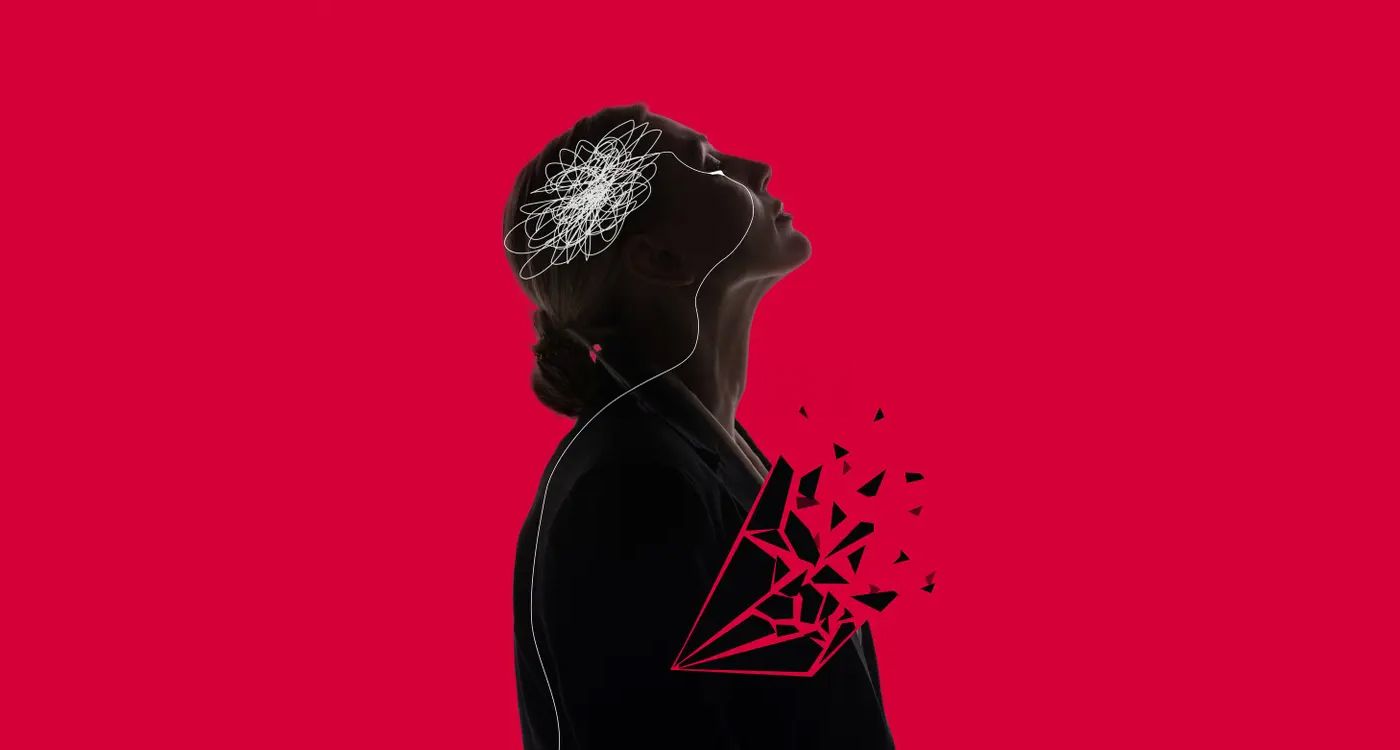
Is it truly possible to die from sadness? At the intersection of science and emotion, broken heart syndrome challenges what we think we know. When the mind falters, the heart follows. This condition reveals how grief can become a medical emergency.
Losing a loved one, experiencing a breakup, or facing shocking news can make anyone feel, in moments of devastation, that their heart might literally burst. The saying “to die of a broken heart” once seemed little more than sentimental folklore. Yet modern medicine has shown otherwise. Emotional pain can, in rare cases, strike the heart with sudden force. Known as Takotsubo syndrome, it blurs the line between metaphor and reality, between the brain and the heart itself. How can an inner storm turn into a physiological crisis? And what does this condition tell us about our vulnerability in a world where we strive to keep our emotions under control?
Broken heart syndrome, also known as Takotsubo, was first identified in the early 1990s by Japanese cardiologists. Its name comes from a pot used to trap octopuses, as the apex of the heart’s left ventricle bulges, echoing the shape of this vessel. The condition initially puzzled both doctors and patients. Chest pain, shortness of breath, and palpitations can feel just like a heart attack. Yet unlike a typical heart attack, the coronary arteries are not blocked.
French statistics underline the scope of the phenomenon. According to the French Society of Cardiology, around 1,500 cases are recorded each year, a number likely underestimated. Most patients are women over 50, often struck by a sudden emotional shock, such as grief, a breakup, or an accident, but sometimes also extreme joy or surprise. The clinical picture is strikingly intense, emerging within hours of the triggering event. Cardiac imaging reveals the characteristic deformation, the hallmark of a condition now recognized in official cardiovascular disease guidelines.
But how can an emotion actually paralyze the heart? Science is gradually making progress in this shifting field. The most convincing explanation is that during acute stress, a massive surge of adrenaline and other stress hormones floods the bloodstream. This hormonal wave contracts the small arteries of the heart and disrupts the contraction of its walls, producing the well-known bulging of the ventricle.
A Real Medical Emergency
Cardiologist Claire Mounier-Véhier explains, “In broken heart syndrome, the heart is not deprived of oxygen, but overwhelmed by an emotional storm that disrupts its mechanics.” Stress casts a long shadow over the diagnosis. Anxiety, panic, grief, or emotional distress can all trigger a crisis. Long dismissed as “female hysteria,” these symptoms are now recognized as a real medical emergency. While most patients recover within a few weeks, severe cases of heart failure and even death have been documented, especially when the diagnosis is delayed or appropriate care is not provided.
Even more unsettling, broken heart syndrome seems to have a memory. It can recur after a new emotional shock. Recent studies highlight the importance of psychological support, as the body retains lasting traces of the storms of the soul.
Beyond numbers and medical tests, Takotsubo fascinates because of its human dimension. It lays bare a society in which emotion is often relegated to the background, only to assert itself as a biological reality. It reflects the fragility of our times: we strive to control our lives, only to discover that the heart follows no command.
Cardiology wards see countless stories unfold: a widow who breaks down just hours after hearing of a death, a mother who faints upon learning of an accident, a woman confronted with a sudden breakup. The examples are endless. Broken heart syndrome does not discriminate, yet it most often targets those who have long carried the weight of life. “Grief and romantic distress disrupt the body’s stress circuits, even impacting the heart. This is not a mere metaphor,” emphasizes psychologist Mary-Frances O’Connor.
The onset of Takotsubo also serves as a social signal. It exposes the human cost of the constant pressure to be happy and emotionally resilient. In a world that prizes strength, science reminds us that pain cannot always be controlled. Sometimes, it simply overwhelms us.
Broken heart syndrome challenges our certainties. It forges a fatal alliance between the brain and the heart, forcing us to acknowledge that emotions are never harmless. Once met with skepticism, medicine now recognizes the seriousness of this condition. While it rarely proves fatal, it issues a clear warning. Far from being a mere pump, the heart resonates with the intensity of lived experience. In a time when we strive to numb our pain, it reminds us, with sudden force, that we are never entirely in control of our hearts.
Perhaps this is the ultimate lesson: what we leave unspoken, the body will eventually speak aloud.
Sources:
Prasad et al., New England Journal of Medicine, 2008
Société européenne de cardiologie, 2022
Mayo Clinic, 2023
O’Connor, M-F., The Grieving Brain, 2022


Comments